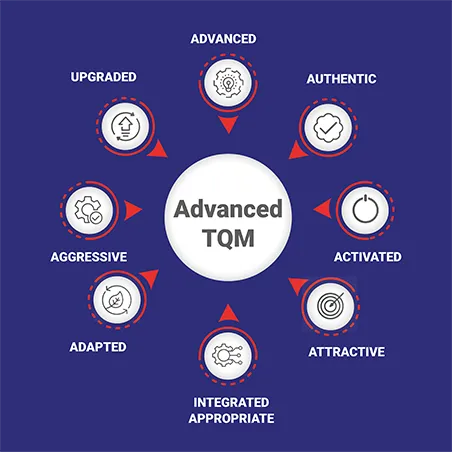
How To Successfully Implement Lean Six Sigma?
August 23, 2017
How Do Six Sigma And TQM Differ?
August 31, 2017How To Manage Six Sigma Effectively?
You know that implementing Six Sigma can deliver better results for an organization. But, do you know how you can retain and manage the best Six Sigma processes to achieve the best outcomes? You can attend a certification course of Six Sigma certification in India to understand how to manage Six Sigma processes effectively, or try to implement the below mentioned tips for the same.
Training of all members
All the members of the organization must be involved in the Six Sigma process, right from higher management to the lower level staff. Therefore, it is very important to train all the members that can introduce the concept of Six Sigma to them, which includes all the tools, techniques, roles, and responsibilities that come with the methodology. Every member of the organization must be influenced and satisfied with the benefits of Six Sigma so that they are themselves motivated to work on implementing the process.
Training of the higher management
As mentioned above, all staff members must be trained with Six Sigma. However, if that is not possible, at least those at the top leadership and management levels must undergo such training. This will help them become Black and Green Belts and lead the change and the team towards the change in a much better manner. After all, effective execution of projects lies in the hands of leaders and managers.
Training from professionals
Training should be received from the very best consultants. The best could be getting trained by Master Black Belts with vast experience in Six Sigma projects, so that you can be assured that you are trained to the right level. TQMI provides not only Six Sigma, but also Lean Six Sigma certification in India, where you can have a unique experience of integrating Six Sigma with other knowledge management systems, and quality/improvement initiatives like QMS and TQM.
Implementation of Six Sigma across all levels
Just as important it is for all members within the organization to be trained for Six Sigma, it is equally important that Six Sigma is implemented effectively throughout all the levels of the organization. Although the projects should be assigned to various Green and Black Belts, but all employees must be trained for at least a Yellow Belt certification. This will help in more involvement with Six Sigma at all levels within the organization.
Designing the process
After all kinds of training and involvement are taken care of, the most important task is designing the process. It is important to plot the right course for all projects so that they can be effectively completed in time for the best outcomes. One very important aspect to consider here is assigning the responsibilities. You must not assign the responsibility for Six Sigma projects to the quality manager as the role of the quality manager is extremely different from that of what is required for Six Sigma. The quality manager will not be in a position to manage the Six Sigma process for the entire organization. Instead, you must choose the most appropriate project manager or process owner who can keep a constant check on everything, right from management to finances.





